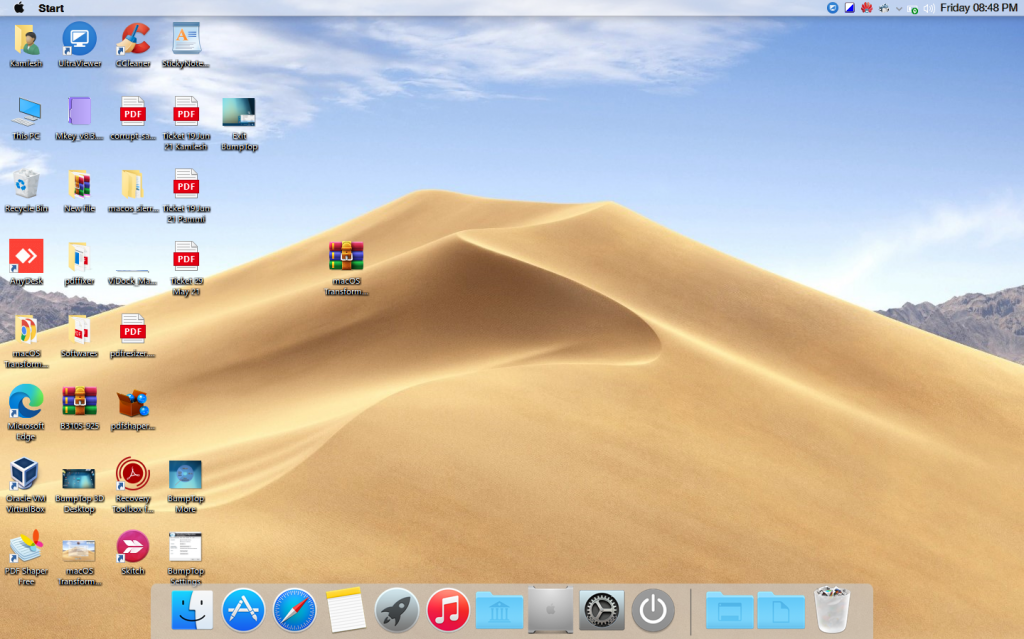
Starting with Mac OS X 10.7 Lion, the Dashboard can be configured as a space, accessed by swiping four fingers to the right from the Desktops either side of it. In OS X 10.10 Yosemite, the Dashboard is disabled by default, as the Notification Center is now the primary method of displaying widgets.Īs of macOS 10.15 Catalina, Dashboard has been removed from macOS. Widget functions and capabilities ĭashboard widgets, like web pages, are capable of many different things, including of performing tasks that would be complicated for the user to access manually.

One example is the Google Search widget, which simply opens up the user's web browser and performs a Google search. Other widgets, like Wikipedia, grab the contents of web pages and display them within Dashboard. Some widgets can also serve as games, using Adobe Flash (or another multimedia authoring program) to create games just as if they were in a web browser. It is also possible for Mac users to create their own widgets using built-in software.ĭashboard uses a variety of graphical effects for displaying, opening, and using widgets.

For instance, a 3-D flip effect is used to simulate the widget flipping around, by clicking on a small i icon in the right bottom corner, the user can change the preferences on the reverse side other effects include crossfading and scaling from icon to body (when opening widgets), a "spin-cycle effect" when a widget is focused and the user presses Command-R or a suck-in effect when they are closed.


 0 kommentar(er)
0 kommentar(er)
